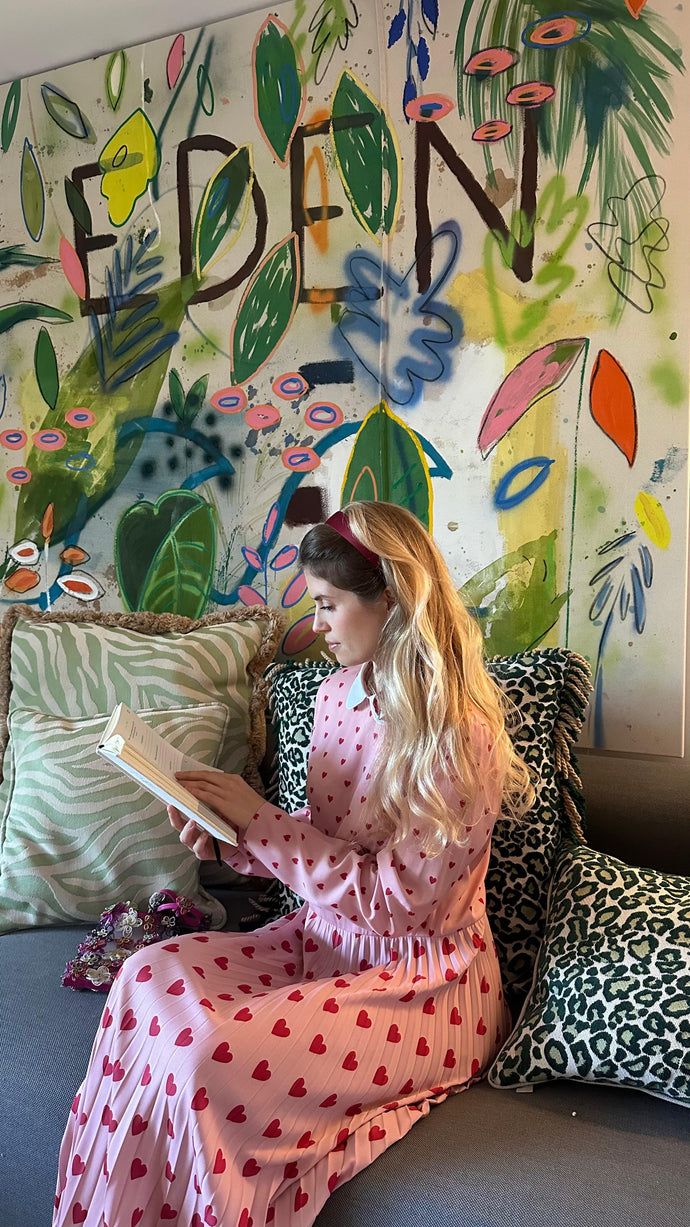From a young age, creating art can profoundly impact a child's cognitive, emotional, and social development. Whether drawing, painting, sculpting, or crafting, art allows kids to express themselves freely while building important skills. This guide will explore the numerous advantages of encouraging artistic expression and creativity. It will also provide tips for parents and caregivers to facilitate artmaking at home.
The Cognitive Benefits of Art for ChildrenEngaging in art activates several areas of a child's brain simultaneously. The act of drawing a picture, for example, enhances visuospatial abilities, fine motor skills, planning, and focus. Sculpting with clay or assembling crafts boosts problem-solving, decision-making, and spatial reasoning as children work through the hands-on process. Art nurtures creativity as kids explore different media, techniques, and ideas through an open-ended process. This divergent thinking builds cognitive flexibility. Creating art exposes children to concepts like colors, shapes, patterns, and textures in a tangible way.
The Emotional and Social Upsides of Artistic ExpressionBeyond the cognitive aspects, art carries profound emotional and social advantages. The self-expression inherent to art helps kids communicate emotions, thoughts, and ideas they may struggle to articulate verbally. Creating provides an outlet to process feelings constructively. Making and sharing art also boosts self-confidence and self-esteem as children feel pride in their unique creations. With no singular "right" way to create, art fosters intrinsic motivation and autonomy. As kids discuss their artwork, they develop appreciation for diverse perspectives.
The Value of Original Artwork in Children's SpacesAdding original art to a child's room or play area offers several benefits over basic posters or prints. Art prints can feel static and lack the personal connection of original artwork. Paintings stimulate creativity by igniting imagination and encouraging kids to think in new ways.
When children engage with original paintings, they see various colors, shapes and forms that can inspire ideas. An original piece also holds meaning - kids form memories around it. In contrast, posters are more disposable.
While cost is a consideration, investing in affordable original art is preferable to expensive prints. Framed and unframed pieces can be mixed to create a unique, personalized environment.
Tips for Encouraging Art Exploration at HomeWith some basic materials and space, parents can easily facilitate artmaking at home:
- Stock up on basic supplies - Crayons, markers, child-safe paints and brushes, colored pencils, play dough or modelling clay, scissors, glue, construction paper and other basics allow for many creative possibilities.
- Designate an "art space" - This could be a small table and chairs, an easel, the kitchen table covered in craft paper, or just a portable box or tray to contain supplies and creations.
- Make it process-focused, not product - The benefits of art come through the act of creating. Avoid judging or critiquing; focus on the exploration and expression.
- Do art side-by-side - Working on your own art alongside kids reinforces that art is for everyone and encourages experimentation.
- Display creations purposefully - Find ways to proudly display artwork at child-height, rotating pieces so nothing gets stashed in a drawer and forgotten.
Common Questions on Art for Kids
Q: What age should kids start making art?
Children can start engaging in open-ended, process-focused artmaking from a very young age (even as young as 1). The experiences and skills build over time.
Q: Is making a mess inevitable with art for kids?
Some mess is to be expected, but operating in a designated space using proper materials can be quite contained. Model safe, responsible behaviour with supplies.
Q: What affordable artmaking materials should I have on hand?
Stock a basic supply box with paper, crayons, markers, child-safe paints/brushes, play dough or modelling clay. Add extras like pipe cleaners etc.
Q: How do I encourage creativity if my child wants to recreate familiar characters/concepts?
Recognize this is a natural stage. Gently ask open-ended questions to inspire original ideas while still celebrating their creations.
Conclusion
Creating art should be an indispensable part of every child's experience. With an array of benefits and simple ways to engage at home, parents and caregivers can make artistic expression an enriching, enjoyable part of family life. By providing space, materials and encouragement for creativity, we invest in our children's cognitive, emotional, and social development in profound ways.


